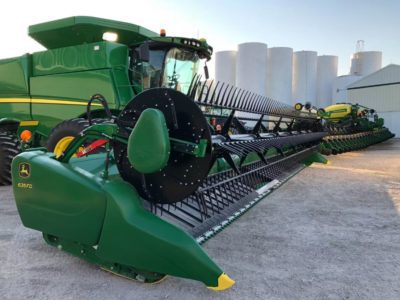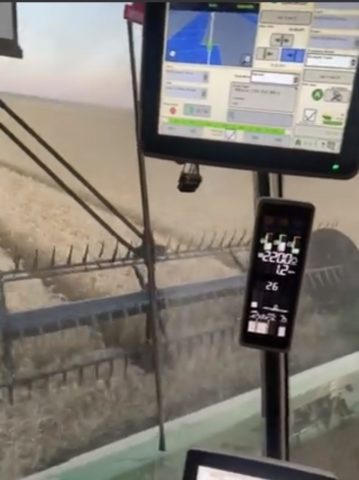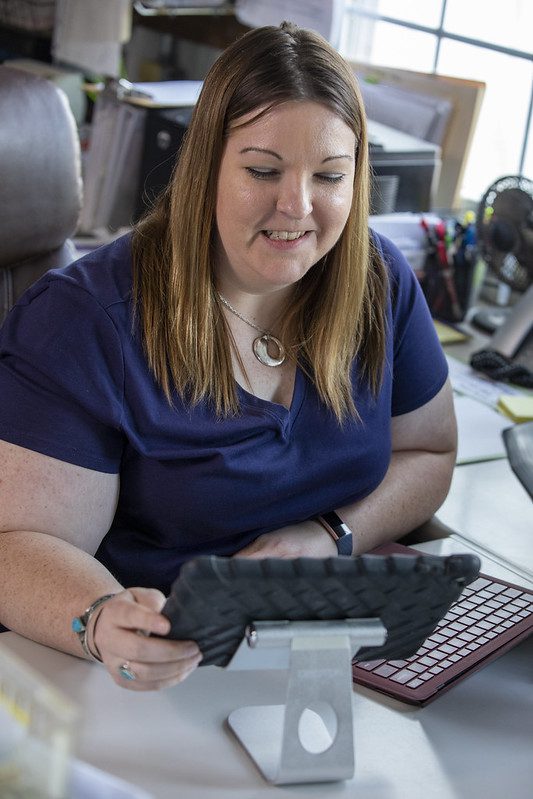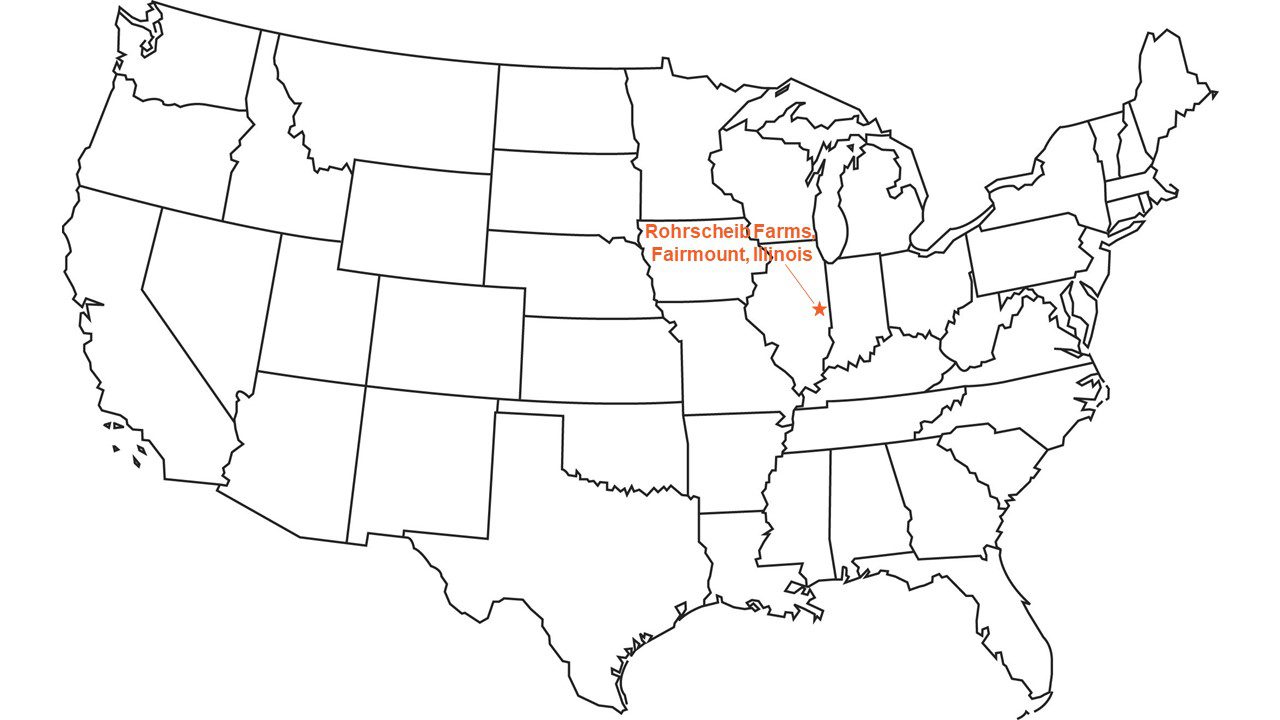A late spring was followed by a dry summer in our area of Illinois in the heart of the U.S. Midwest. Those conditions have led to what will be a late harvest for our farm.
We normally start running combines in mid-August, slowly opening up the edges and corners of fields. This allows us to check both corn and soybeans to see what will be ready to harvest first. Then, by the beginning of September, harvest is going at full speed.
This year, we are about a month behind. We are just starting to open up the most mature corn fields the second or third week of September. Our earliest-planted soybeans may be ready to harvest the last week of September or the first week of October.
Right now, those early soybeans look like they will produce average yields. The corn also appears to be about average. This is actually good, considering the weather conditions this year. After a late, wet spring, most of these crops were planted late. Then, because of a dry summer, these fields missed getting rain at key times during much of the growing season.

However, our late-planted full-season soybeans and our double-crop soybeans could do better than average. They received quite a few rain events in late August and early September, which could make a difference in yield. For example, some very dry fields got a 10-cm, or 4-inch, rain that soaked in and caused the soybeans to grow rapidly. The double-crop soybeans are currently flowering, so hopefully they will use that moisture to produce pods and beans.
While we have been waiting for harvest to start, we’ve been getting our equipment ready. In addition to typical repairs, we’ve taken care of a lot of details, fine-tuning our equipment in ways we don’t usually have time to work on until winter.
I’ve been focused on paperwork. The delayed harvest has interrupted our expected cash flow, which has created some business challenges. That delayed start also will create agronomic challenges. Managing our business and people is critical to managing our crops and soils well.
This is where the technology platform we use in our combines and other equipment will be invaluable as it helps us make decisions during harvest. That platform provides a real-time view of harvest maps, which show crop yields, both in the combine cab and remotely, so we can see what’s happening in any field at any time. While these yield maps may not be exact, they give us a good idea of how each field is yielding.


As the 2022 crop is being harvested, we will be making decisions for the 2023 crop. Once fields have been harvested, we will determine where fertilizer and lime need to be applied to prepare the soil for the next crop, using variable rate technology to apply these nutrients at the right rate in the right place.
If time and conditions allow, we will plant cover crops in some fields. Some of our landlords prefer that we plant cover crops every year in their fields. We will try our best to do that, but the window and options for planting cover crops will shrink based on the delayed harvest and weather conditions.
We hope to plant winter wheat in other fields. It needs to be planted within about 10 days of when adult Hessian flies, a damaging wheat insect, have migrated out of the area. In our area, that means we need to plant winter wheat by about October 15. We’ve also heard that winter wheat seed supplies could be tight, which may limit what we plant, as well.
The late start to harvest will likely mean that we plant less cover crops and winter wheat than we are planning. However, that’s where information from our technology platform will help us decide how we deploy our crew to get as much work done this fall as possible. Many factors will need to work together to allow us to accomplish everything we would like to do.
Though we need to take care of what is happening at the moment and look to the future, we also have to learn from what we experienced throughout 2022. Supply chain issues are likely to continue. We will store inputs like fertilizer, herbicides and fungicides that we would normally return to our suppliers. We’ve heard that products may be hard to get again next year, and that returning them doesn’t guarantee availability or price for next year. Storing these products ourselves will help both our ag input customers and our farm manage costs next season.
Despite the challenges and the hectic pace, I am looking forward to harvest. No matter what happens, I am confident that we will deliver a good, stable, high-quality supply to our customers. Even in areas where yield is below average, crop quality will still be good.
I am also looking forward to allowing my son Brock, who turned 1 on September 10, to get his first combine ride!

